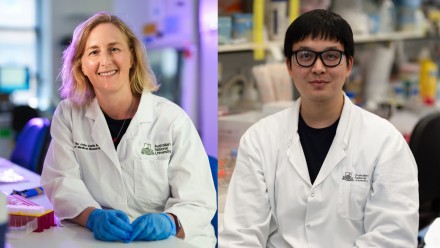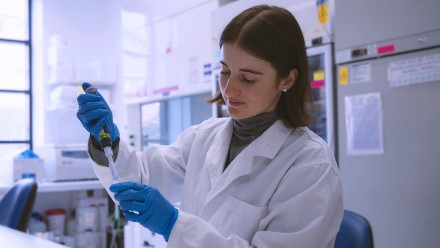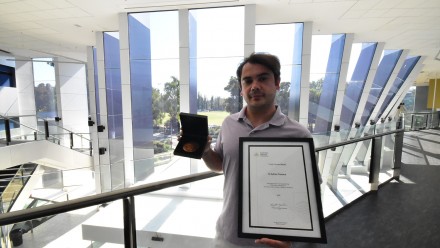CD8+ T cell immunity: What makes it and what breaks it
For a number of important human pathogens, such as HIV, influenza virus and many of the herpesviruses, T cell responses appear critical in mediating effective protection, driving the view that vaccines against these infections should contain a T cell component. Despite the complexity of most viral pathogens, CTL responses are often directed towards only a fraction of all available virus-derived peptides, and those responses differ reproducibly in size and quality for distinct pMHCI epitopes. The efficacy of any CTL response against a foreign organism depends on the range of peptide epitopes targeted, the size of those responses, the characteristics of TCRs used, and effector function (cytotoxicity and cytokine production) of activated T cells. However, we have little understanding of the drivers of these key characteristics or the mechanisms by which they operate, both of which are essential if we are to fully understand T cell biology. Using a unique combination of cutting-edge techniques, we have performed a comprehensive investigation into how the available naïve CD8+ T cell pool and naturally processed epitope presentation influences antiviral CD8+ T cell responses. Moreover, at a molecular level, we have unveiled a novel mechanism underpinning age-related naïve CD8+ T cell dysfunction. Collectively, this work has identified key determinants of effective T cell immunity and has implications for the manipulation of CD8+ T cell immunity for clinical benefit.
Professor Nicole La Gruta is Head of the T cell development and function laboratory in the Department of Biochemistry and Molecular Biology at Monash University. She completed postdoctoral studies at St Jude Children’s Research Hospital, in Memphis, Tennessee, before returning to Melbourne in 2002 as part of Prof Peter Doherty’s laboratory at the University of Melbourne. Nicole was appointed at Monash University in 2016 where she undertakes a comprehensive program of research to elucidate the key determinants of robust T cell immunity in the context of virus infection and autoimmune disease. She also has a keen interest in understanding the molecular basis of T cell dysfunction in the elderly. It is hoped that a better understanding of the drivers of optimal and dysfunctional T cell responses will inform the targeted design and application of T cell-based vaccines and therapeutics.












